Looking Up: Ceilings as Integral Design Elements
Gone are the days of homeowners feeling satisfied with the simplicity of the white builder-grade eight-foot ceiling. Fortunately, ceiling styles are as numerous as the types of rooms they cover.
While some might argue that each form serves the same function, as you’ll see, ceilings provide so much more than shelter. From cathedral and coffered to tin and vaulted, options abound and give each area its own unique feel. Let’s look at some of styles and the spaces in which they work best.
GUIDING THE EYE SKYWARD
Vaulted ceilings got their start centuries ago as an architectural element used in cathedrals or basilicas. Typically, they feature equal slopes that meet in the middle, though some may be uneven or feature only a single angle. Similarly, cathedral ceilings provide a high sloping line up to the top of the room. Both provide an open, airy feeling that make the space appear larger.
While these expansive ceilings are aesthetically appealing, if you love this feature, it’s important to integrate it at the time you design your home, as it’s a challenge to add down the road. Also, while they’re attractive, vaulted ceilings are energy eaters and require homeowners to pay more for utilities as they are heating and cooling a bigger space. Adding a ceiling fan keeps air circulating and provides another welcome focal point. Because they make an area feel spacious, vaulted or cathedral ceilings are ideal for great rooms, but less desirable in spaces where you’re craving a cozy or intimate vibe, such as a bedroom.
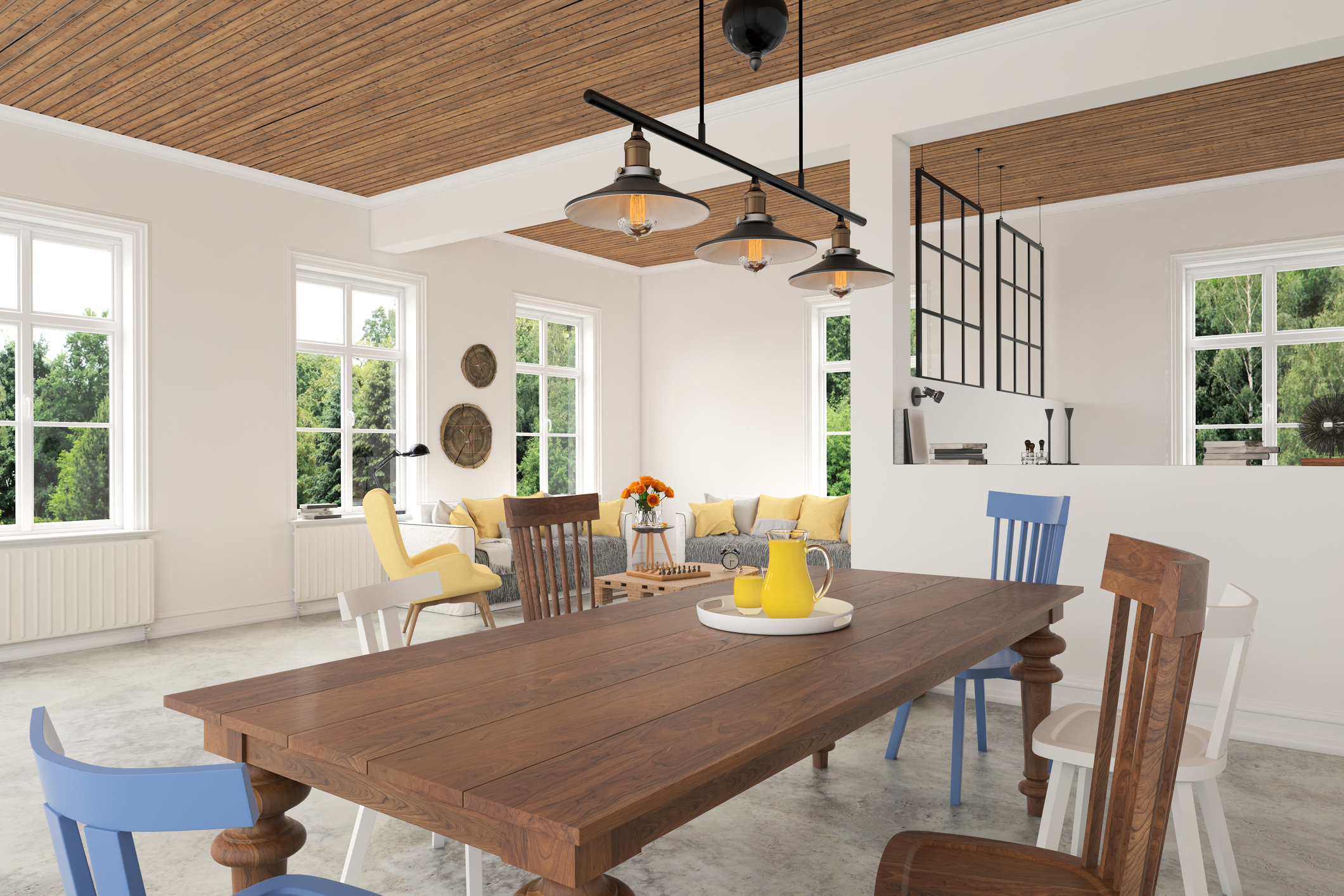
CREATING AN APPEALING PATTERN
If your room lacks dimension or drama, a coffered ceiling adds instant character. These indentations or sunken panels have been used in ceilings for centuries. Employing a grid of beams used to create a pattern, coffered ceilings lend eye-catching interest to any area and make it feel complete.
Because they take center stage, coffered ceilings require little support from additional decor. Tasteful and timeless, they complement any room in the home. Unlike cathedral or vaulted ceilings, installing coffers is relatively simple, with a range of designs available that can make a room feel larger or smaller depending on the pattern.

EMBRACE THE AUTHENTICITY OF WOOD
Whether your decorating taste runs toward rustic or formal, ceiling planks offer textural contrast to walls and floors, and enhance a room’s overall appeal. No longer found in cottages or cabins, tongue and groove ceilings or added wood beams create a decorative centerpiece for any room.
The universal charm of wood works well throughout the home, from the bathroom to the family room, and can be created by ambitious do-it-yourselves thanks to online tutorials. Faux wood beams are available at attractive price points, making this elegant addition both easy to install and affordable.
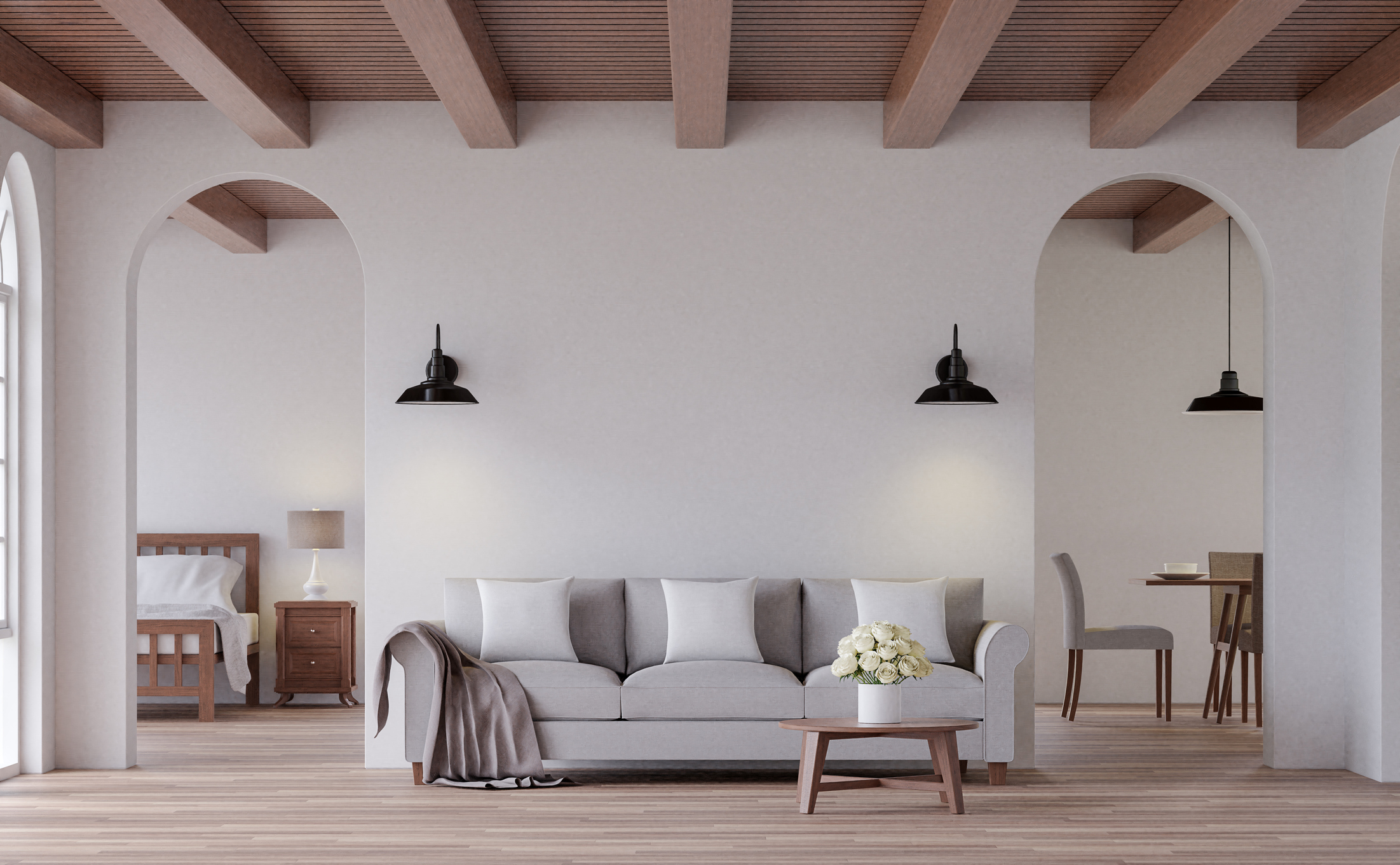
TRAVEL BACK IN TIME WITH TIN
Tin ceilings date back to the 1880s when they served as a cost-effective way for homeowners to gussy up an otherwise plain ceiling without the expense of the decorative plaster that was all the rage in Europe at the time. The good news is they are just as affordable and attractive in modern times.
With a myriad of patterns and colors available, decorators use tin to dress up small spaces and evoke a vintage vibe that still feels fresh and contemporary. Installation is also relatively simple for DIY-ers. Tin is often found in bathrooms and kitchens to infuse the spaces with personality.


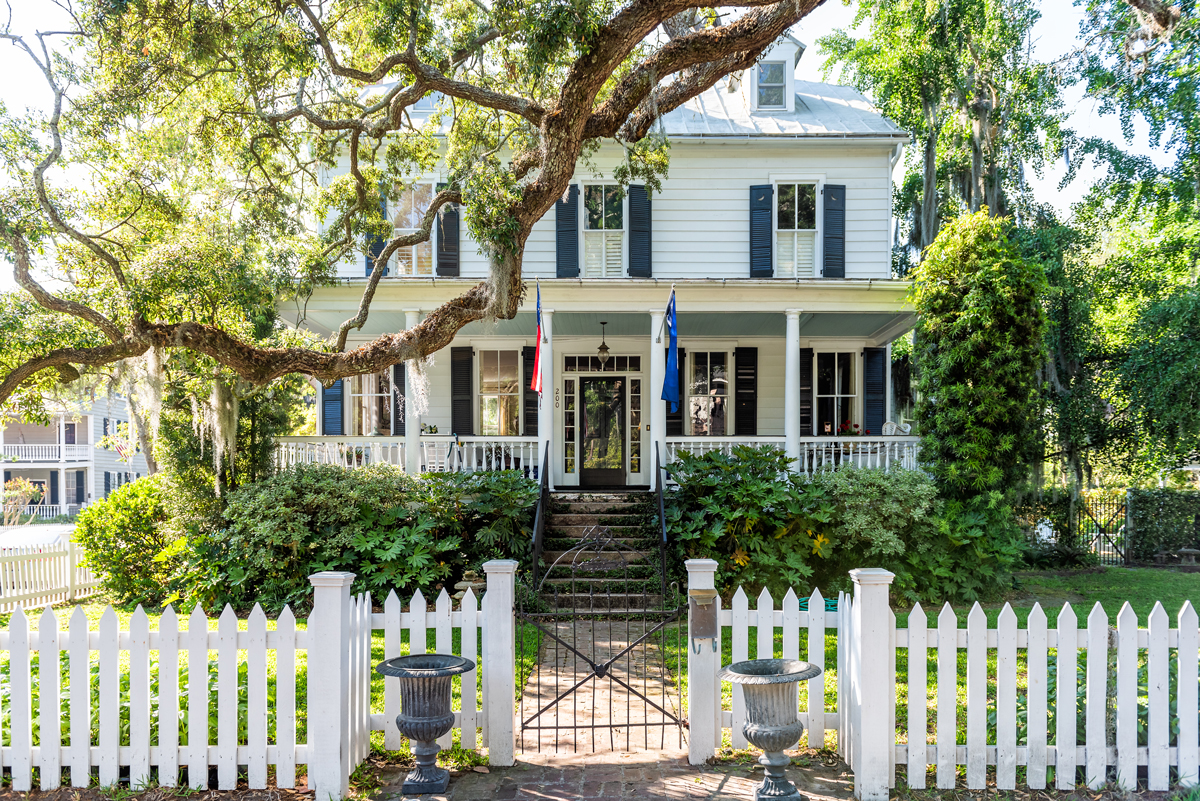
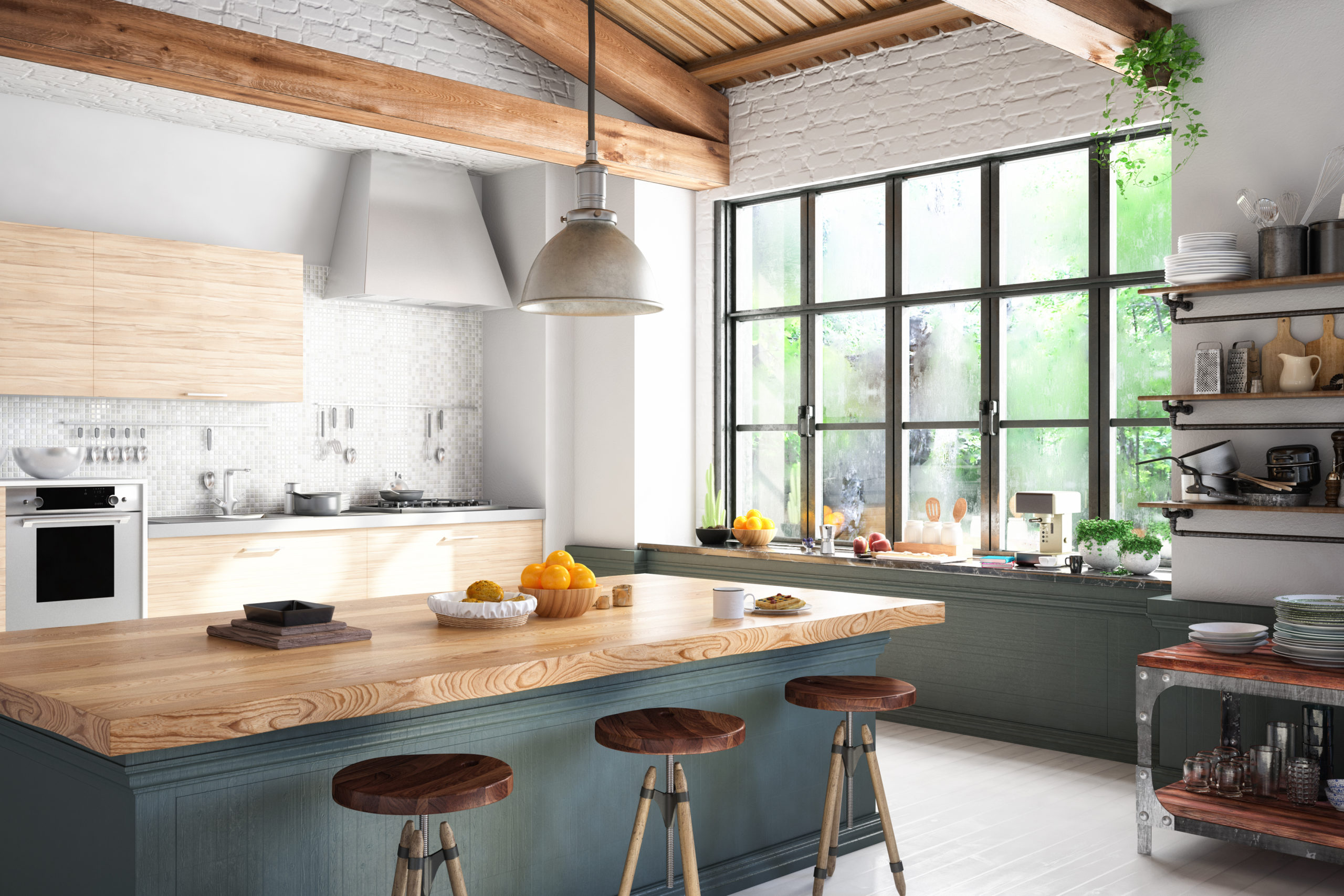

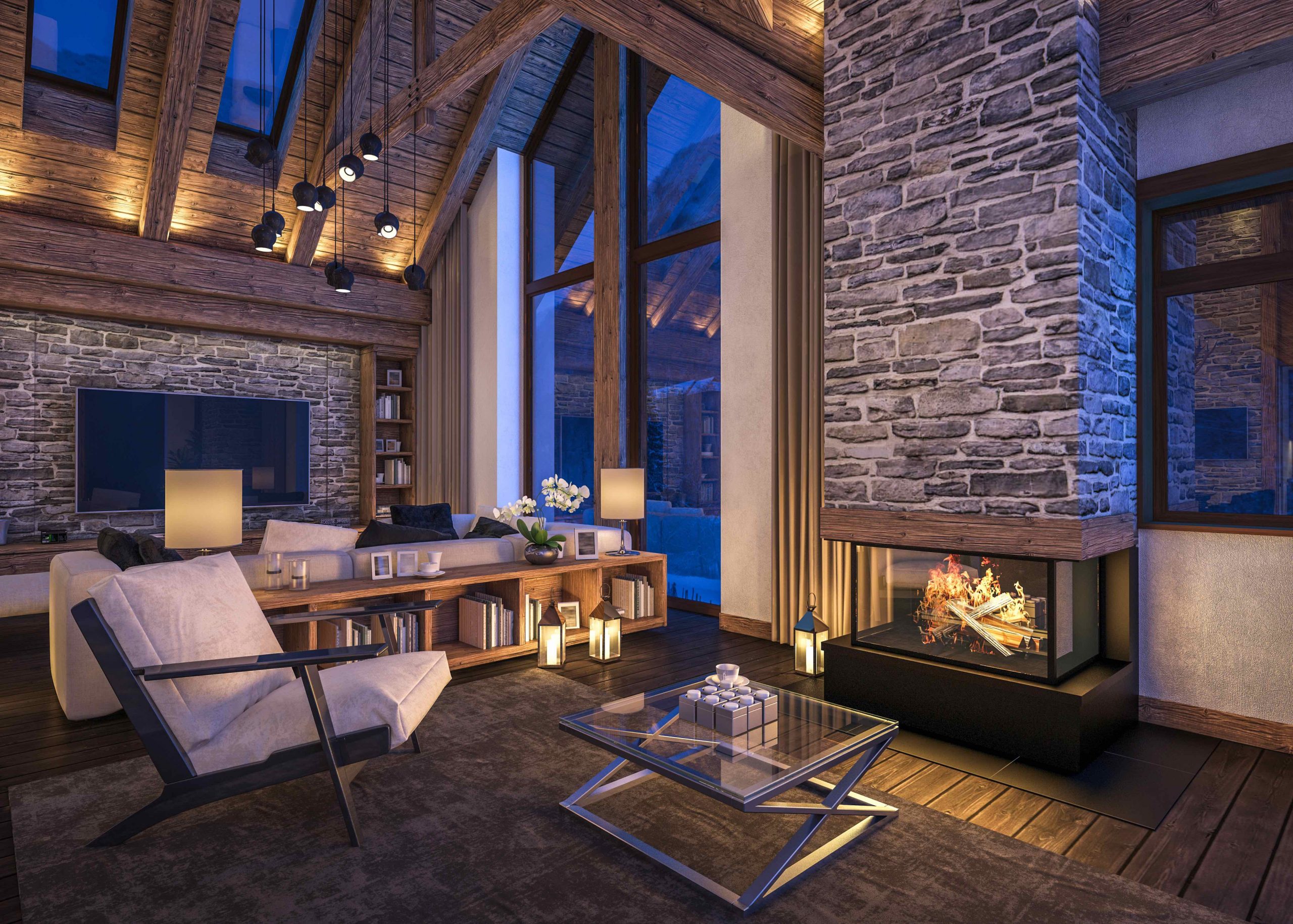

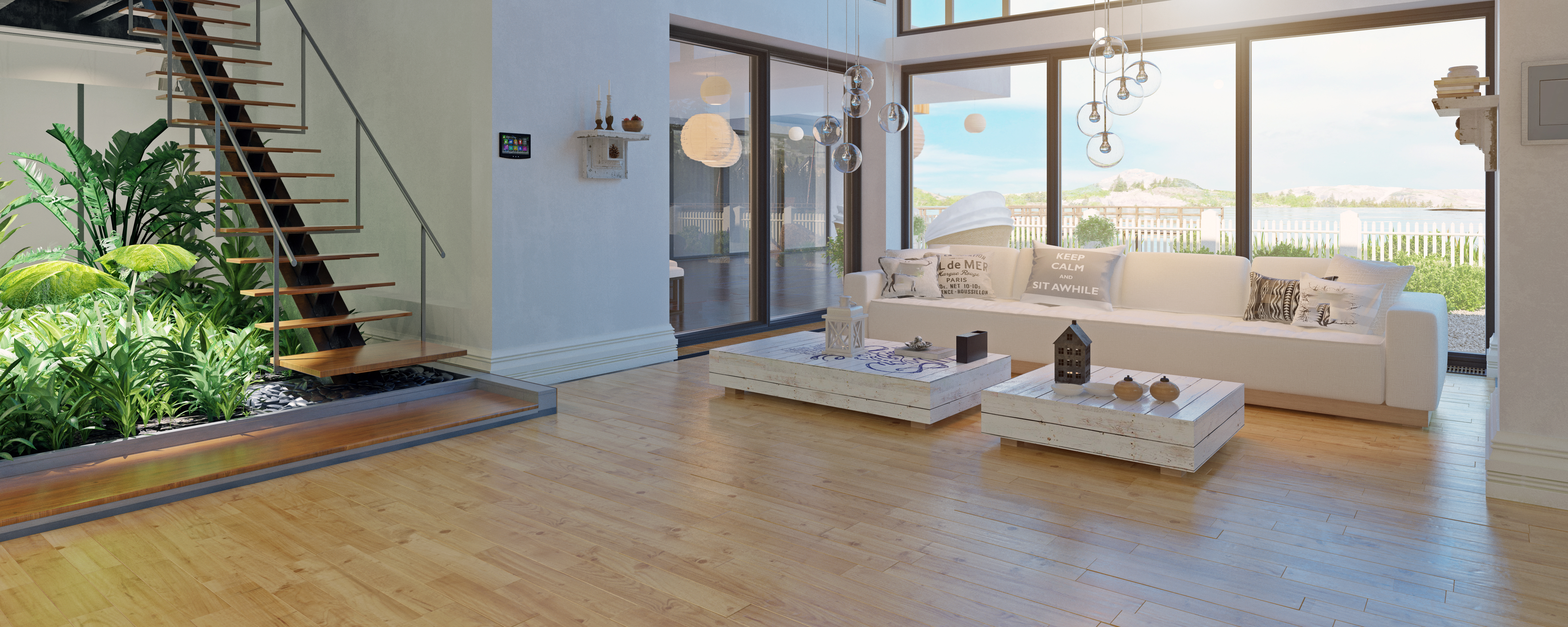
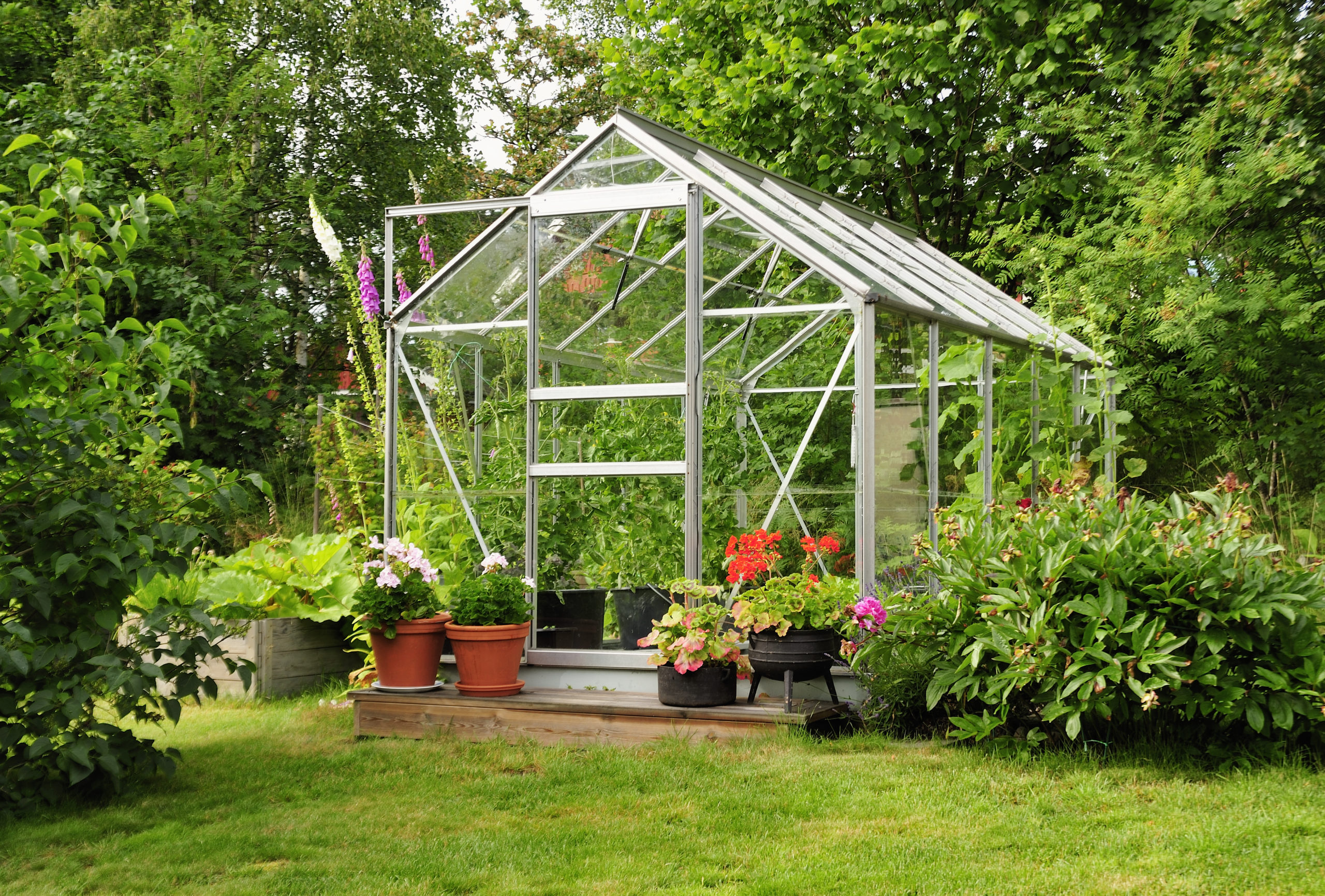

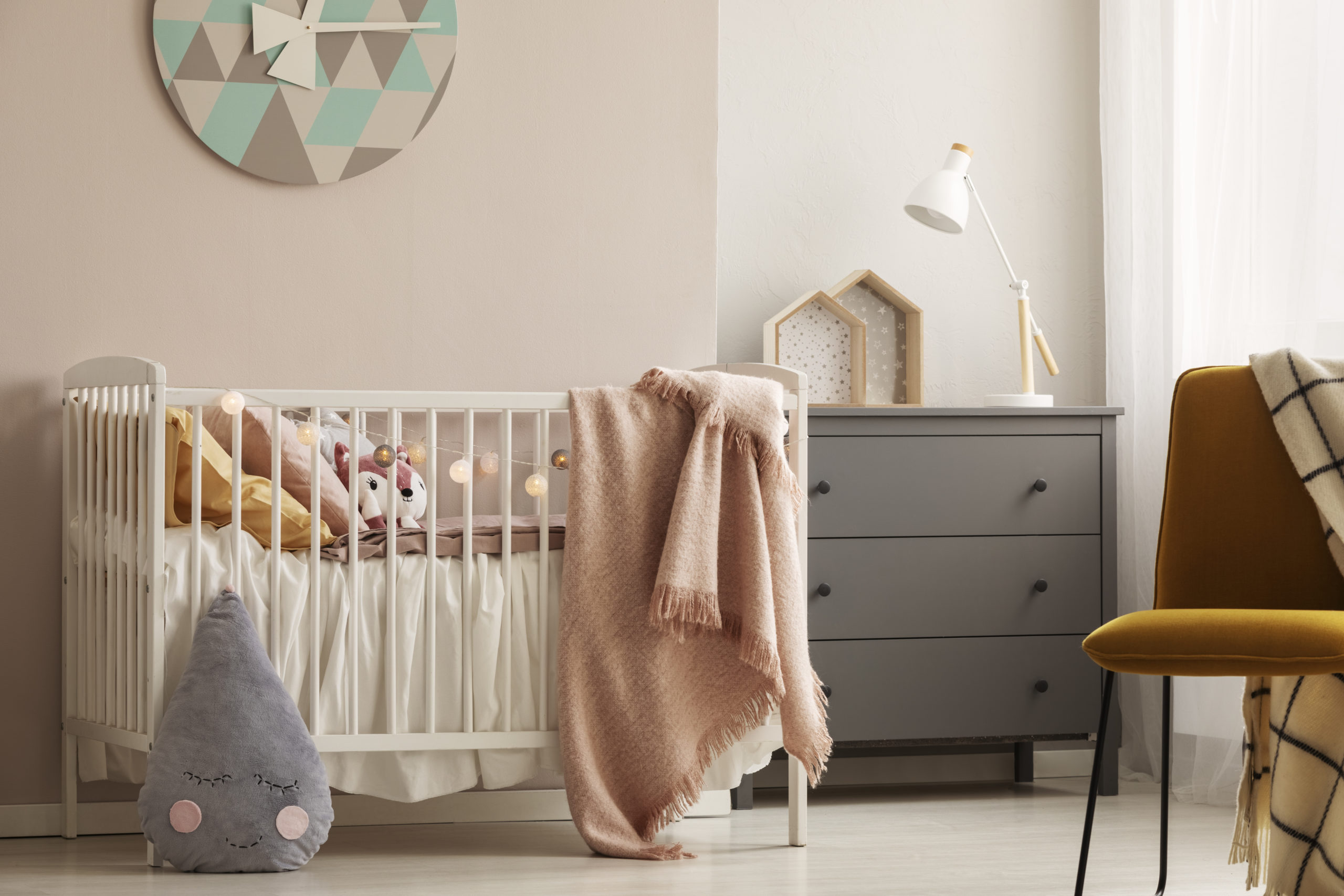
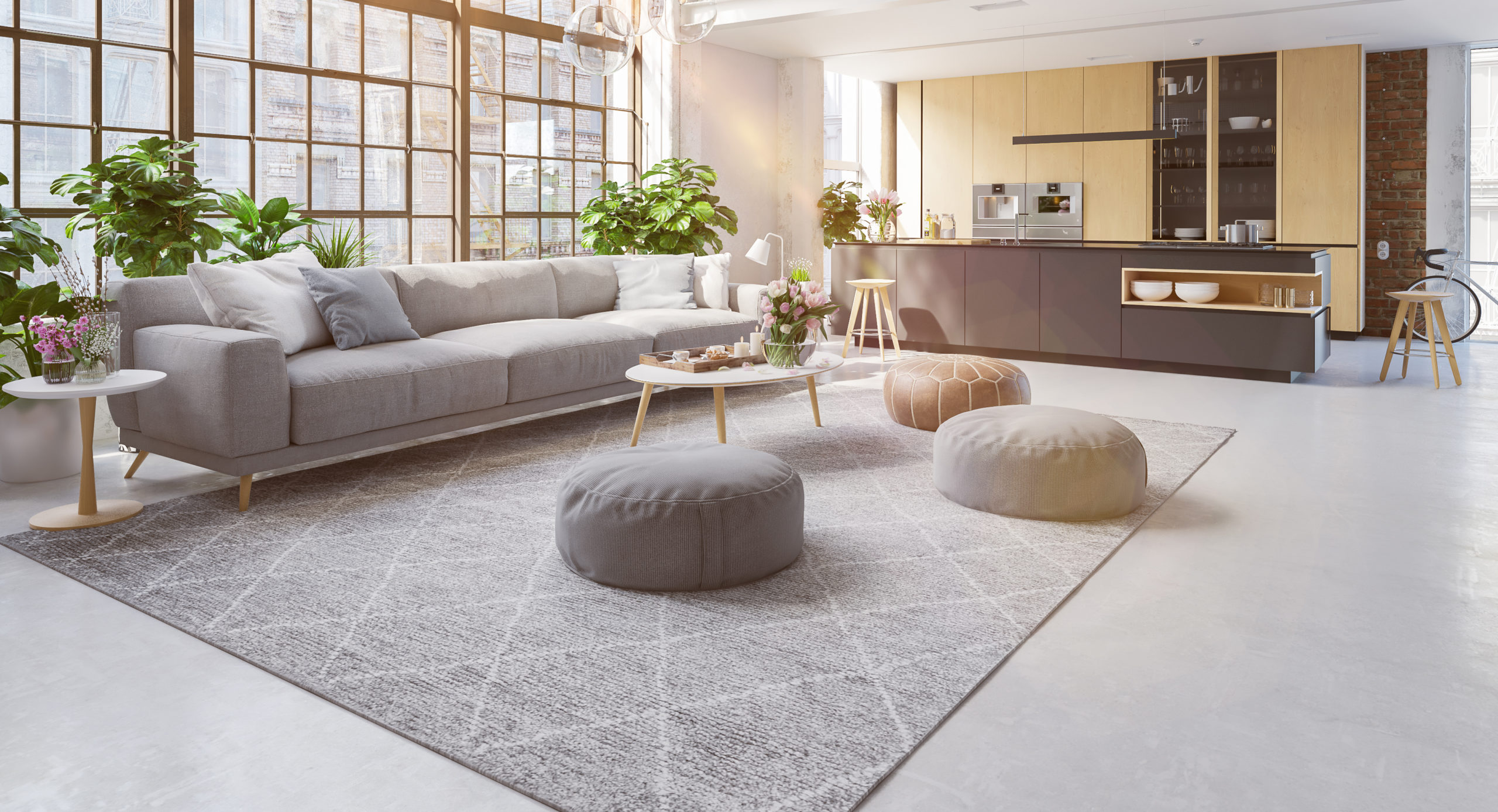





Share this article with your network!